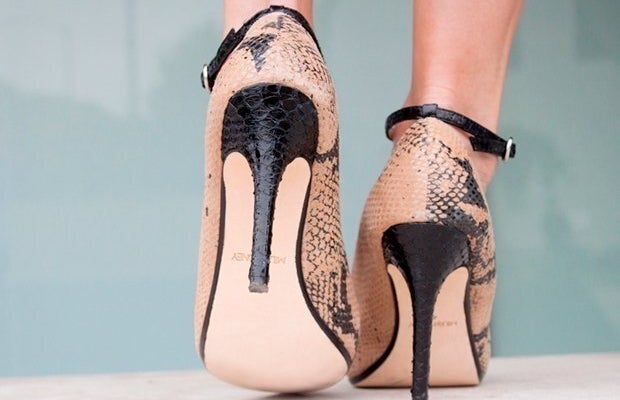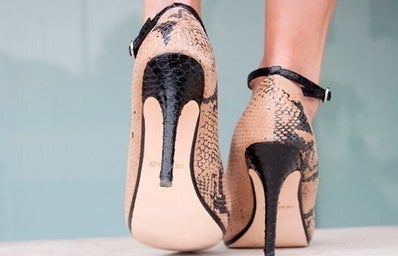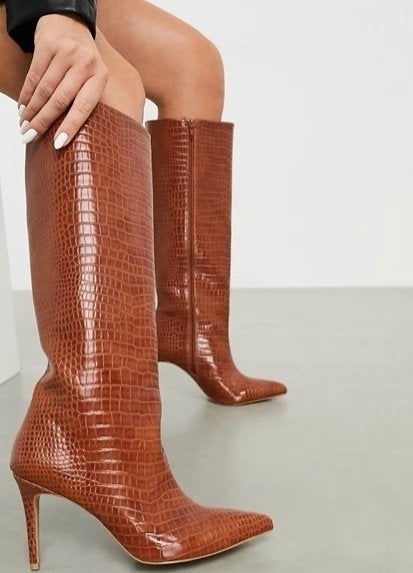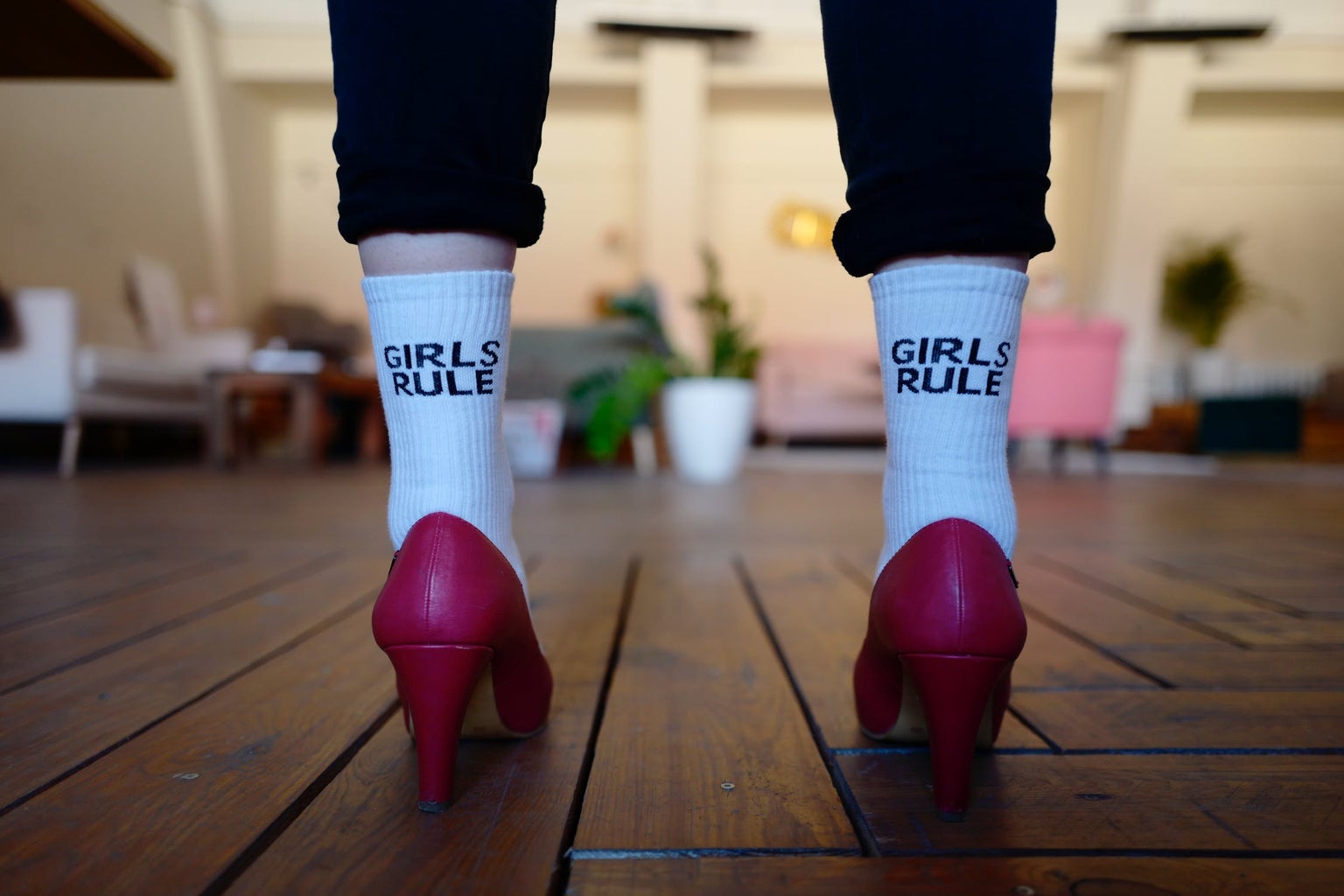Women’s opinions on heel heights vary. Some women prefer a shorter, thicker heel, while others like a thin, tall heel. Whatever your personal preference is, they are must-haves in every women’s wardrobe. Nothing compares to the confidence a woman has when she wears heels. However, did you know that heel heights have trends and those trends have a connection to the economy and society? Well, they do.
The correlation between economic hardships and extravagant dressing is not that far-fetched. Take Marie Antoinette’s lavish wardrobe during the French Revolution as one of the first and best-known examples, but there are many examples throughout history, and mainly in the 20th century, where fashion trends and their cyclical nature became much more fast-paced than in past centuries. During times of hardship, people need a sign of hope and happiness, and what’s a better way to show that than in the way we dress?
Take the 20s. This was the first era where women’s shoes were actually shown on full display due to hemlines getting shorter through the flapper movement. These newfound accessories led to new and inventive shoe styles like the high heel (2 inches at the time), the pumps, oxfords, Mary Janes, and T-strap heels, which were sturdy enough to do the Charleston. By the thirties, flats went entirely out of style and even athletic shoes featured a heel.
Great Depression hit in the 1930s worldwide and that’s when shoes took a more practical turn. However, this is also ironic because heels moved to a height of 3 inches and Salvatore Ferragamo invented the first platform shoe. This rise in heel and shoe height was attributed to women wanting a distraction from their hardships, just like how Hollywood flourished during that time. They wanted an escape and to feel glamorous in even the smallest ways. Female film stars became a huge influence on women’s fashion with studios crafting each starlet with an individualized image and magazines dissecting them and showing women how to emulate said image. The idea was to create a glamourously enviable look that would create style icons of their stars like Jean Harlow, Greta Garbo, and Rita Hayworth.
Women in the 40s and 50s were still extravagant to distract themselves from the hardships of World War II and McCarthyism. The 60s however saw heel heights fall once again through the rise of the kitten heel thanks to iconic Audrey Hepburn and the popularity of ballet flats. However, this was also during the Civil Rights era, the JFK assassination and the Space Race, which left the country in celebratory disarray.
The 70s gas crisis and the end of the Vietnam War gave rise to the tallest heel the 20th century has seen yet. Platforms were seen in teen-focused magazines and became popular for both men and women, which represented how progressive the 70s were in terms of ideas of gender equality. This was during the era of the sexual revolution, where fashion was becoming more risque and confident. So, the tall, thick heels offered an extra boost of confidence. It was also of rebellion through social justice movements like Gay Pride and Feminism. Even though the 70s had a recession, it had the opposite effect as it did in the 70s and instead of pragmatism, the 70s showcases experimental and creative styles that still influence fashion today.
The mindset in the 80s was that “greed was good” as said by Michael Douglas’ character in the movie Wall Street, Gordon Gekko. Excess and extravagance were on full display shown through TV shows like Lifestyle for the Rich and famous, showing the interior design of the houses of the filthy rich and Dynasty, which was one of the first fashion TV shows. However, with the hair and fashion going big and bold, it meant that one aspect of fashion had to be toned down in order to balance it out and in the 80s, that meant shoes. Kitten heels and flats rose back into style due to their more comfortable and practical nature. This was also because they were a more comfortable option as women were entering the workplace shown in films like Working Girl and 9 to 5. Workplace wardrobe became just as fashion-forward as a day dress with shoulder pads, midi skirts, tights, blazers, sweaters, and high-neck blouses were all popular wardrobe pieces in and out of the office. Just look at Nancy Wheeler’s wardrobe in Stranger Things.
The beginning of the 90s featured more flats that were both comfortable and practical, as well as perfect for cool and popular street style. Sneakers and combat boots were all the rage. It wasn’t until the dot com boom and crash in the latter half of the decade that we saw towering heels and platforms come back into style through collections from Vivienne Westwood and pop culture figures like The Spice Girls.
The 2000s were all about extravagance too, just in a much different way. Like the 70s, they were inventive and experimental with dresses over jeans and whale tales becoming popular. Lots of skins as being shown as well. And platforms remained in style. However, stilettos became all the rage with Manolo Blahnik becoming huge during Sex and the City’s run. The Mid-2000s were all about logomania with monogrammed Louis Vuitton and Dior bags being coveted items. Designer labels became huge, as shown on Gossip Girl. However, when the Great Recession hit, this became in bad taste, seen as tacky and tone-deaf.
However, heels became much higher just as they did in the 70s when the Jeffery Campbell Litas became all the rage. People refuse to wear flats so much that the Isabella Marant Willow wedge sneaker even became popular. Social media also had a huge influence on this. However, by the end of the 2010s, shoes became more practical with sneakers and thick block heels becoming ABC in style.
However, the pandemic brought platforms back as seen with the comeback of the Steve Madden platform slip-on. My mom gave me her’s from Y2K during quarantine. Versace’s Medusa Aevitas platform heels became a coveted item for celebrities. The Marc Jacobs Heaven Kiki shoe has been dawned by current style icons like Olivia Rodrigo and Bella Hadid. The YSL Bianca heels have also gained popularity.
Heel heights went high during the Great Depression of the 30s, the Oil crisis of the 70s, the Dot Com boom of Y2K and again in the pandemic of the 2020s. Like everything in fashion, it’s cyclical. However, hopefully, there won’t be another economic hardship for a long time. It’s not that I don’t love platforms, but haven’t we been through enough?





